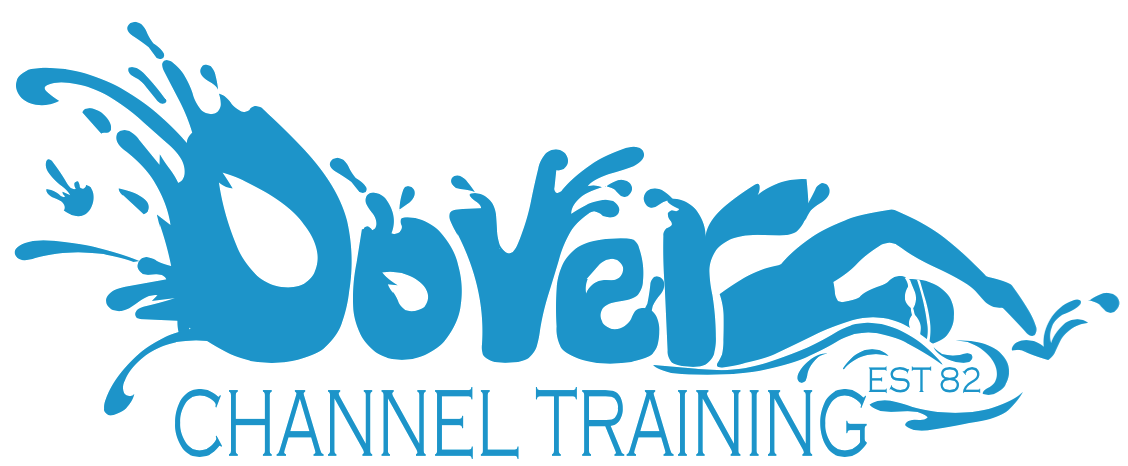Hat colour: Yellow
What to expect:
When you arrive for your first session you will be asked to do a short assessment swim. Your membership application won’t be finalised until that point.
When you arrive for each session you will sign in and be given a number on your hand. You must tell us this number when you leave the water and when you go back in for your second swim. This does two things for us, it gives us an idea of how you are handling the cold and it ensures that we accurately know who is in the water.
You must attend the briefing before entering the water, this will give you important information as to where you can and can't swim and when to come in for feeds. Please see the information on this site regarding the swim zone.
Learn to expect the unexpected! Just when you think you can guess how long you can expect to do, you’ll be given longer or shorter than you think. You may also find that others who are swimming at the same time as you will be given more or less. You may also find that you come in at the time set and you are asked to do more, or if you’re lucky, you will be told to get out early.
We are deliberately messing with your head! On the big day, the channel rarely does exactly what you expect. If you’re heading nicely for the cap and the tide changes early you can be faced with a few more hours of swimming. So we need to train your body AND your mind. Alison Streeter once said that the channel is 80% mental, 20% everything else. Given how big ‘everything else’ is, you can begin to understand how big the mental side is.
There are other factors that can lead to your swim being longer or shorter than expected – the conditions being one of the main factors. When the conditions are good, we’ll make the most of it and press on. If the conditions are poor, training will still be on, but we may adapt accordingly.
HOW WE BUILD UP
You’ll always do 2 swims except for the session when you do your 2 hour ratification swim. As with the solo swimmers, the time in the water will build up as the water temperature does. The duration you’ll swim will also depend on when your swim is and the conditions on the day.
You’ll build up to the point of doing two 1.5 hour swims each session. By doing 1.5 hours instead of 1 hour you will cope far better on the day. If you just do an hour, you’ll feel like your hour is up on the day a long time before it actually is. If you’re used to doing 1.5 hours, an hour will seem about right.
KEY ADVICE
The most important piece of advice – learn to swim properly! I know that sounds like a crazy piece of advice, but the type of people attempting the channel has changed, it used to be experienced swimmers with good technique, that’s no longer the case. Join a masters club. We will assume that you are already a club swimmer, if that’s not you, think about getting some serious tuition in the pool.
Need more support?
Our training sessions will help you prepare, physically, for the challenge ahead. If you need more support than we provide, need additional support during the week or want support with the often hidden 80% of any big challenge - the mental approach aspects - then find out about additional support available through Paddlefish Panda Ltd.


